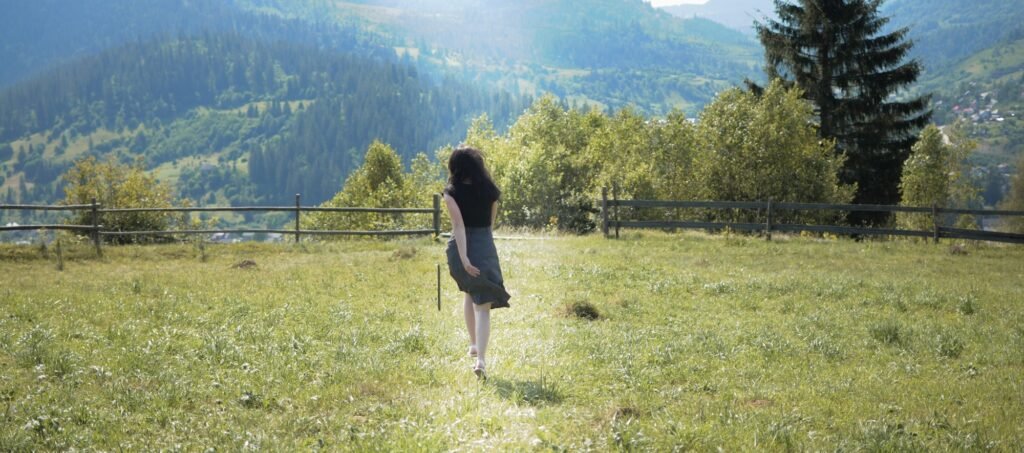Earthing

Earthing
What is Earthing?
Earthing, or grounding, promotes direct physical contact with the Earth’s surface. This can involve practices like walking barefoot on soil, grass, sand, or water, sitting on the ground, or using specialized grounding products. The premise of Earthing is that connecting with the Earth’s natural electrical charge allows our bodies to absorb free electrons, potentially neutralizing inflammation and promoting several health benefits.
How Can Earthing Help You?
While Earthing requires further scientific validation, proponents suggest it may help in the following areas:
- Reduced Inflammation: Earthing is theorized to combat chronic inflammation, associated with many health conditions.
- Improved Sleep: Earthing may promote better sleep patterns by regulating stress hormones and natural rhythms.
- Pain Management: Some suggest Earthing helps alleviate chronic pain by reducing inflammation in the body.
- Stress Reduction and Mood Support: The grounding effect may enhance relaxation and reduce feelings of stress or anxiety.
- Increased Energy and Vitality: Earthing is believed to improve energy levels and overall sense of well-being.
What is Earthing Good For?
Earthing could be explored as a complementary practice for:
- Managing Chronic Inflammation: Individuals with inflammatory conditions may consider Earthing as a potential supportive tool.
- Sleep Concerns: Those having trouble sleeping may find Earthing aids relaxation and promotes better sleep.
- Stress and Anxiety: Earthing’s potential stress-reducing effects may offer support for those experiencing stress or anxiety.
- Seeking Natural Health Practices: Individuals drawn to holistic health modalities and nature-based practices might be interested in trying Earthing.
Benefits of Earthing
Proponents of Earthing cite several potential benefits:
- Enhanced Nature Connection: Earthing promotes a deeper connection with the natural world, offering potential mental and emotional health benefits.
- Accessibility and Simplicity: Earthing is a simple, accessible practice that can be done by most individuals anywhere.
- Potential Inflammation Reduction: If research validates the anti-inflammatory effects, Earthing could play a role in managing chronic health conditions.
- Complementary Approach: Earthing can be used alongside other health practices for better sleep, stress reduction, and overall well-being.
What to Expect from Earthing
Earthing doesn’t require a practitioner. Here’s how to get started:
- Barefoot Outdoors: Spend time walking barefoot on natural surfaces like grass, sand, or at the beach.
- Direct Skin Contact: Sit or lie directly on the ground for extended periods for greater connection.
- Grounding Products: There are grounding mats, sheets, and patches for indoor use and while sleeping.
Similar Modalities to Earthing
Other practices share the focus of nature connection and possible energy benefits:
- Forest Bathing (Shinrin-Yoku): Spending time in forests offers grounding experiences and potential stress-reducing effects.
- Qigong and Tai Chi: These mind-body practices involve connecting with energy flows and often incorporate outdoor practice.
- Reiki: This energy healing practice focuses on channeling healing life-force energy.
Final Thoughts
While Earthing’s scientific backing needs strengthening, it’s a safe and easy practice encouraging a deeper connection with nature. Anecdotal evidence suggests potential benefits for inflammation, sleep, and stress reduction. Embracing simple daily Earthing might offer a sense of greater vitality and connection to the natural world.
Scientific References
While the science on Earthing is in its early stages, some studies suggest potential benefits:
- Oschman, J. L., Chevalier, G., & Brown, R. (2015). The effects of grounding (earthing) on inflammation, the immune response, wound healing, and prevention and treatment of chronic inflammatory and autoimmune diseases. Journal of inflammation research, 8, 83–96. https://doi.org/10.2147/JIR.S69656
- Chevalier, G., Sinatra, S. T., Oschman, J. L., & Delany, R. M. (2013). Earthing (grounding) the human body reduces blood viscosity—a major factor in cardiovascular disease. The Journal of Alternative and Complementary Medicine, 19(2), 102-110. https://doi.org/10.1089/acm.2011.0820
- Ghaly, M., & Teplitz, D. (2004). The biologic effects of grounding the human body during sleep as measured by cortisol levels and subjective reporting of sleep, pain, and stress. Journal of Alternative and Complementary Medicine, 10(5), 767-776.
Recommended Reading
- Earthing: The Most Important Health Discovery Ever! by Clinton Ober, Stephen T. Sinatra M.D, and Martin Zucker (2014). Ober, C., Sinatra, S. T., & Zucker, M. (2014). Earthing: The most important health discovery ever!. Basic Health Publications.
- The Grounded: by Clint Ober (2017). Ober, C. (2017). The grounded. Clint Ober.
- The Earthing Movie: The Remarkable Science of Grounding (Documentary). (2019). Pluggerz Entertainment.
FAQ: Earthing
Is Earthing safe?
Yes, Earthing is generally considered safe for most people. However, caution is advised if you have sensitive skin or any open wounds coming into contact with the ground.
How much time should I spend Earthing?
Even short durations of Earthing may be beneficial. Aim for at least 20-30 minutes daily for optimal effects.
Where's the best place to practice Earthing?
Ideally, find natural surfaces like grass, sand, or non-treated soil. Beaches are also excellent. Ensure the surface is free from debris or harmful materials.
Can I practice Earthing indoors?
Yes, grounding products like mats, sheets, and patches simulate Earth’s energy for indoor use.
Will I feel anything during Earthing?
Some people report tingling sensations, reduced pain, or improved sleep, but experiences vary. The benefits might be subtle at first.











